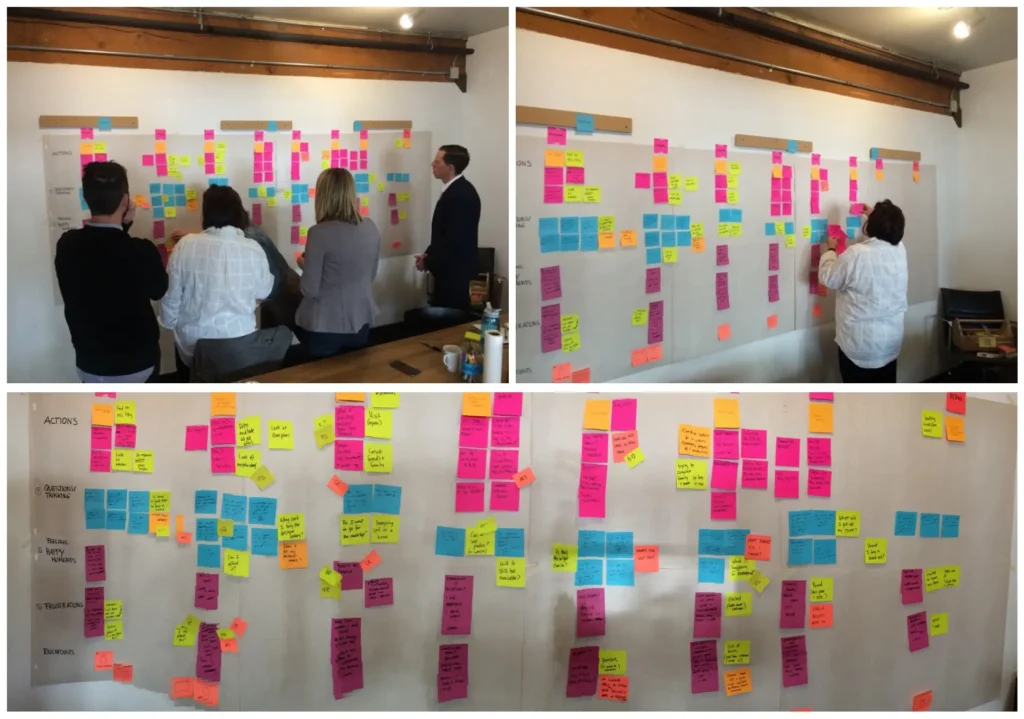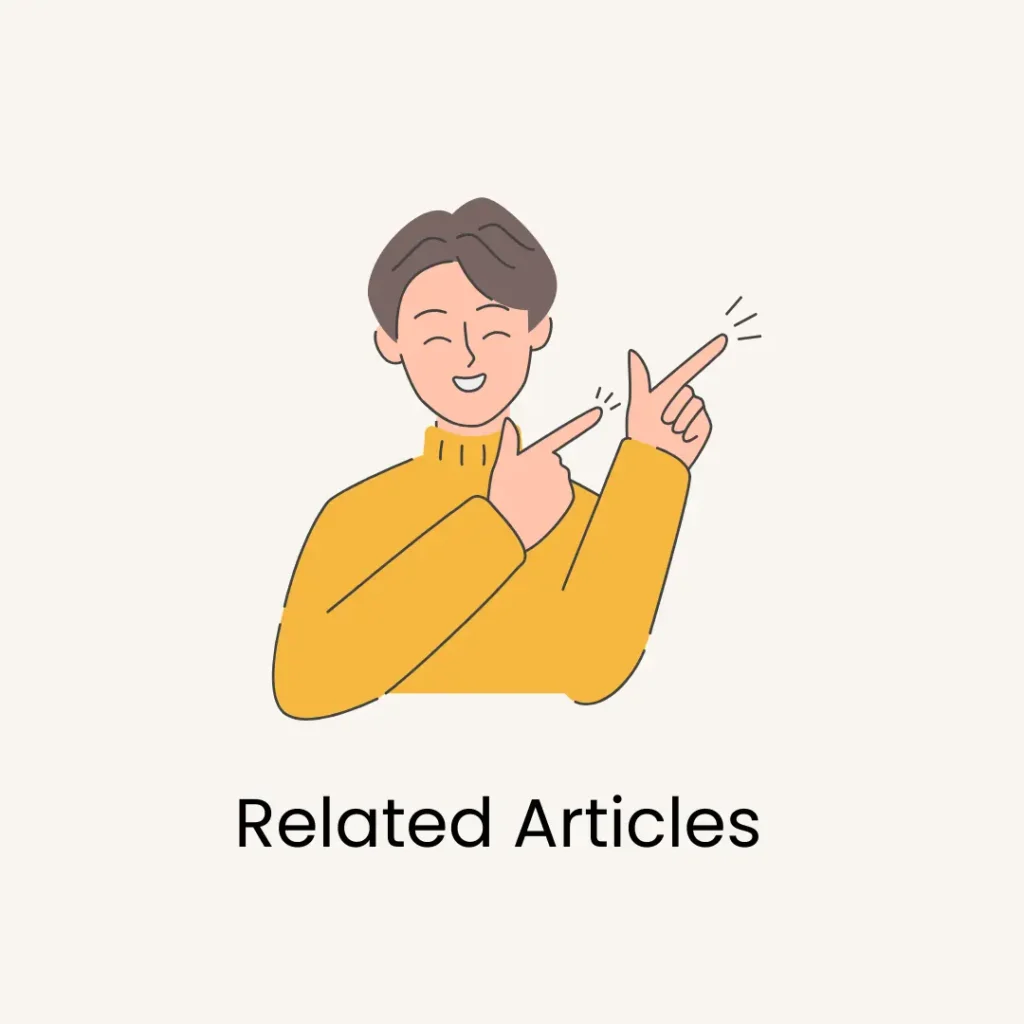When I work with B2B2C companies, one pattern comes up again and again: they’re designing for the wrong customer.
More specifically, they’re designing only for the business they sell to (the B)—not the end user (the C). While that may seem like a logical business move, it often leads to misaligned experiences, internal confusion, and underwhelming products
The Hidden Complexity of B2B2C Product Strategy
In a typical B2B2C setup, companies sell their services or products to an organization (the first “B”), who then provides access or value to end users (the “C”). Think of library systems, travel platforms, health tech, or regional marketing organizations.
These companies often understand their business clients well. They have sales data, account managers, feedback loops. But when it comes to the end user, they’re in the dark. There’s often:
- No direct feedback mechanism
- No real insight into end-user behavior
- No clarity on how the product or service fits into users’ lives
And when you don’t know your end user, it’s easy to build a product that looks good on paper—but falls flat in practice.
Real-World Example: When the “C” is Invisible
I recently worked with a client who offers a digital product to the travel and library industries. Their business customers loved the sales pitch—but usage data told another story. End users struggled to understand the value, didn’t engage deeply, and often dropped off after first contact.
What we discovered through journey mapping and a cross-team workshop was eye-opening:
- Internal teams weren’t aligned on who the user even was
- Most product decisions were based on assumptions from the sales team
- Key end-user needs were completely missing from the roadmap
This isn’t unusual. It’s a natural outcome of over-indexing on the “B” and underinvesting in understanding the “C.”
The Cost of Misalignment
This isn’t about bad intentions or poor decisions.
It’s a systems issue.
B2B2C companies are often structured around the buyer:
- Sales teams are trained to understand the B.
- Product teams prioritize features that close deals.
- Success is measured by revenue, not by usage.
The end user becomes an afterthought — or worse, an invisible player in the whole process.
And when that happens, you get misalignment:
- The product doesn’t solve the real problems users face.
- Communication and onboarding don’t speak their language.
- Your investment ends up in features no one uses.
How to Fix It: Bringing the End User into the Room
Fixing this doesn’t require a total overhaul. It starts with small shifts:
- Map your user ecosystem: Who are your buyers, enablers, and true end users?
- Bring research into the early stages: Don’t just test usability—explore user goals and contexts
- Align teams around real user insights: Let customer journeys and research artifacts shape discussion
- Rebalance your roadmap: Evaluate how many initiatives are focused on buyers vs. end users
When you bring clarity to who you’re designing for—and balance the needs of both the B and the C—you build better products, stronger relationships, and more strategic alignment.

What this means for you
If you’re feeling stuck — if your growth has plateaued or you’re unsure where to invest next — it might not be a sales issue.
It might be a focus issue.
Maybe it’s time to zoom out.
To ask: who are we really designing for?
And more importantly: what would happen if we designed for both?
Want help figuring that out?
That’s exactly what I do. I help B2B2C teams uncover what their users really need — and how to align product and service design for growth.
Let’s talk or join my newsletter for more practical ideas.

